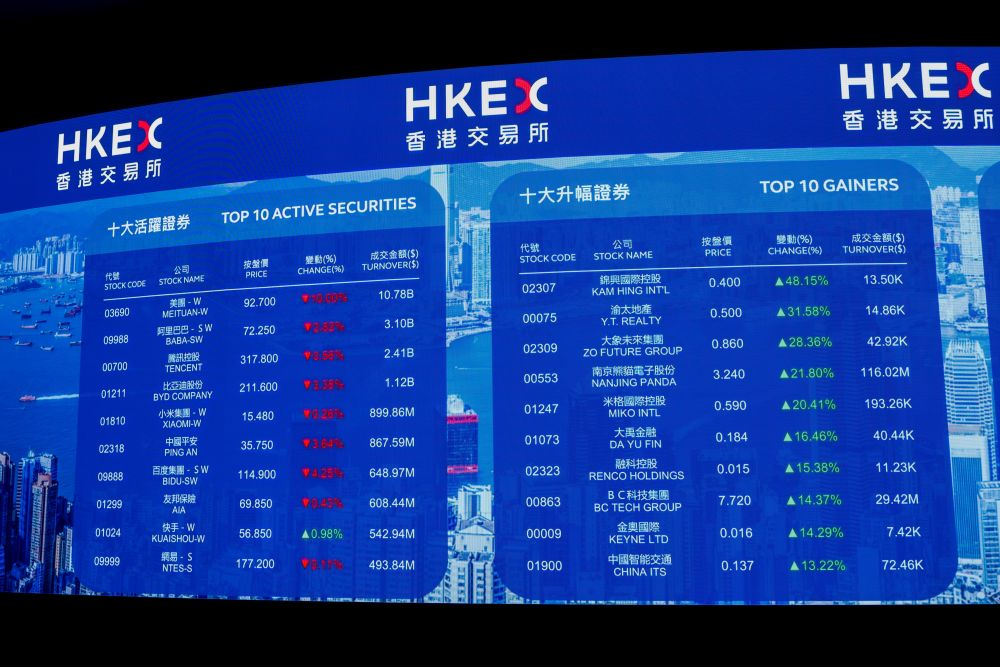It’s late July in Europe and the summer lull has fallen upon financial markets. Three items have dominated the news agenda over the past few weeks: Brexit, the European Central Bank’s next monetary policy moves, and the fate of Deutsche Bank (DB is always a popular topic of market chit-chat).
The US-China trade war, conflict with Iran in the Persian Gulf, President Donald Trump’s Twittersphere, and global geopolitics generally have slipped somewhat into the background as big market-moving events, although they always have the power to burst back onto the scene as developments dictate.
The capital markets seem to have taken pretty much all the big global news events in their stride; none seems to have created undue levels of volatility. That’s partly because capital market participants are focused on a perhaps more pressing day-to-day concern (for them anyway). And that’s the ever-increasing proportion of the European bond market trading at negative yields and the ever-increasing proportion heading in that direction.
As the ECB looks to be heading inexorably into a new phase of rate cuts, deposit-tiering, and/or a resumption of asset-purchases (of potentially around 70 billion euros (US$77.9 billion) per month across public-sector, corporate and covered bond markets), bond yields have been squeezed in anticipation. Or that should read squeezed even tighter, given that European bond yields have broadly moved in one direction since that dramatic end-2018/early 2019 market trauma.
The market is expecting an announcement of ECB intentions this year but no commencement until 2020. But buy-the-rumour speculation has shunted more core eurozone government bond yields into negative territory and eurozone peripheral government bond spreads ever closer to Germany in a manner that isn’t necessarily reflected by fundamentals. Even as the German economy is looking more fragile. It has also squeezed credit spreads tighter in sympathy.
While it might seem easy to point to the status quo and conclude that it’s great for borrowers, it’s not that easy. What about investors, whom issuers need to engage with if they are to realise the benefits of these conducive market conditions?
That’s a critical point: conditions are conducive for issuers, not for investors. Quite the opposite, in fact. Pointing to solid investor returns in credit in 2019 only tells part of the story. There is presumably more to successful credit investing than buying at point A and free-riding on a wing and a prayer as the market moves in your direction. If it were that easy, we’d all be doing it!
The ECB closing its cheque book for new bond purchases in December – remember they’re still re-investing proceeds of maturing bonds so are still a fixture of primary and secondary markets – had given the market hope that borrowing levels would revert back into a modicum of reality and markets would be “normalised”.
Those hopes have been dashed. Private voluntary capital markets can only ever function if the interests of issuers and investors are balanced. There has to be something in it for both sides. The role of bank underwriters is to find where the pricing tension is, figure out how elastic it is and navigate through it to create a solution that works. But what massive European Central Bank stimulus has done is destroy any vestige of proper fair value and render the process of price discovery rather pointless.
Some borrowers have been trying to figure out how they can take full advantage of issuing conditions they are in full control of while at the same time offering investors something in return. Some have done that by moving along the maturity curve, where long-end yields are higher. Some European financials tapped US dollars, taking advantage of swap-spread dynamics that offered them good euro-equivalent funding while giving investors a better outcome (as US and Bund yield curves are in very different places).
The bottom line is if capital markets are to function properly, there has to be a modicum of balance between the interests of key stakeholders. Being forced to go along the maturity curve, down the capital structure, into riskier or illiquid areas of the market, or into market segments of which they have little or no knowledge may flatter investor returns in the short term. But the historical road to making big returns in a flatlining rate environment is littered with the bleached bones of investors who massively dialled up their risk profiles.
Postscript 1: Brexit. The UK’s new prime minister, uncompromisingly self-absorbed and driven by single-minded personal ambition, conducts a ferocious ministerial reshuffle, adopts some would say an unpleasant-bordering-on-malign and deeply divisive proto-policy demeanour and looks to all intents and purposes to be leading the country into leaving the EU without a deal. Conclusion: a potentially lethal step.
Postscript 2: Deutsche Bank. The jury is still out on restructuring plan #4 (or is it #5?). New management team in situ. Q2 results underwhelming. Stock price doing nothing. Offload of derivatives positions about to start. Conclusion: no one appears to have any conviction that this is going to work.


.jpg)





